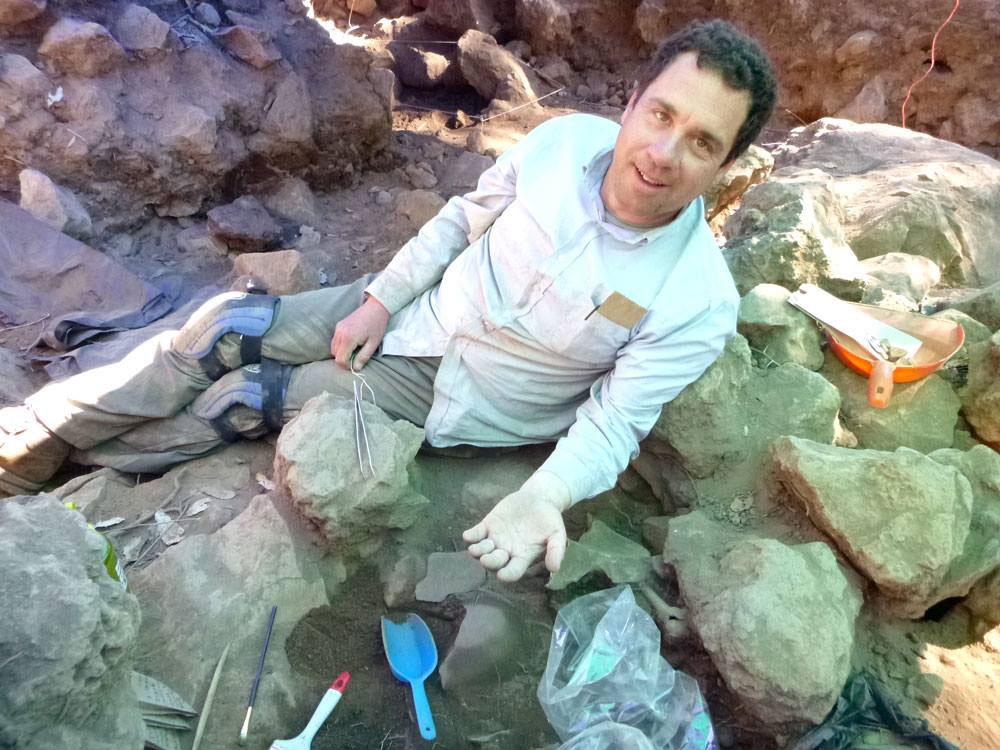Affiliation: Colorado State University

Christopher Fisher is Professor of Anthropology at Colorado State University, and is also the Founder and Co-Director of the Earth Archive. He holds his degrees from the University of Wisconsin-Madison (Ph.D. and M.A.) and Michigan State University (B.A.), and his field of research is the connection between human societies and environments through a variety of archaeological and earth science methodologies including geoarchaeology, full coverage survey, excavation, and remote sensing. Professor Fisher’s recent work has focused on the use of remote sensing technologies to better understand the causes and consequences of urbanism and environmental change in both Mexico and Honduras.
We have archives of films, newspapers, even seeds — what if we could make one for the entire surface of the earth? Changes to the Earth’s biosphere have reached a critical mass and it is now clear that we can no longer halt these that are resulting from human induced earth system modifications. The resulting climate crisis coupled with human population growth and land use changes are fundamentally altering our planet and as a result we have a limited time to record the Earth’s surface and the distribution of biota. Here we call for a massive international effort to 3-D scan the entire land mass of the planet (29.2%) to create a digital Earth Archive to provide a comprehensive baseline database of the Earth’s surface, and everything on it, at a high resolution that is accessible to as many as possible. Drawing on his experience mapping an ancient city in the Honduran jungle, archaeologist Chris Fisher makes the case for scanning the whole planet with LiDAR — a technology that uses lasers shot from an airplane to map the ground — in order to preserve our cultural and ecological heritage.
Short bibliography and/or website on lecture topic: TedxMileHigh Talk
The application of airborne LiDAR for the detection and documentation of archaeological sites in arid and semi-arid regions of the Americas has initiated a ‘paradigm shift’ for Mesoamerican archaeology. Here I discuss results from two archaeological projects in disparate areas of Mesoamerica that have utilized LiDAR to both examine intra-site and extra-site patterning. The first, centered at the site of Angamuco in the Lake Pátzcuaro Basin, Michoacán, used LiDAR as a tool to examine the spatial patterning of individual units of architecture. The second used LiDAR to document the complete settlement pattern of an unexplored valley within the Mosquitia tropical wilderness of Honduras. Both of these studies confirm that value and promise of LiDAR technology.